Methylene Blue Injection
✅ Treats methemoglobinemia effectively
✅ Supports cognitive function
✅ Acts as a potent antioxidant
✅ Enhances mitochondrial activity
✅ Aids in infection control
Methylene Blue Injection contains Methylene Blue.
Product Overview
Methylene Blue Injection is a sterile solution containing the active pharmaceutical ingredient Methylene Blue, a versatile compound with multiple medical applications. This intravenous formulation is primarily indicated for the treatment of methemoglobinemia, a blood disorder impairing oxygen delivery. The medication also demonstrates neuroprotective characteristics, antimicrobial activity, and utility in diagnostic procedures. Supplied in 10ml single-dose ampoules, this injectable solution ensures accurate dosing and convenient administration. Suitable for both emergency and therapeutic use, Methylene Blue Injection effectively restores blood oxygenation and supports vital cellular processes.
Uses
The primary indication for Methylene Blue Injection is the management of methemoglobinemia, where it converts dysfunctional methemoglobin to functional hemoglobin. Its applications extend to diagnostic medicine, including tissue staining and cellular structure visualization. Emerging research suggests potential benefits in neurodegenerative disorders such as Alzheimer’s and Parkinson’s diseases. The solution exhibits antimicrobial efficacy against specific pathogens and serves as a surgical aid for lymphatic mapping and fistula identification. Additional uses include photodynamic therapy and as an adjunct in certain psychiatric treatments.
How to Use
Methylene Blue Injection must be administered exclusively by qualified healthcare personnel in appropriate medical facilities. The standard route of administration is slow intravenous injection, with dosage determined by patient-specific factors including body weight and clinical condition. Continuous patient monitoring during infusion is essential to detect potential adverse reactions. If a scheduled dose is omitted, medical staff should evaluate the appropriate timing for subsequent administration. Under no circumstances should patients attempt self-administration or use alternative routes of delivery without professional supervision.
How it Works
The therapeutic action of Methylene Blue involves its function as an electron transfer agent in biochemical redox reactions. It facilitates the enzymatic reduction of methemoglobin to hemoglobin, thereby restoring oxygen-carrying capacity. The compound demonstrates significant antioxidant activity, potentially protecting neuronal cells from oxidative damage. Its mitochondrial modulation properties contribute to cellular energy production and have prompted investigation into neurological applications. The solution also exhibits photosensitizing characteristics and demonstrates efficacy against various microbial organisms through multiple mechanisms of action.
Dosage and Administration
For methemoglobinemia treatment in adults, the recommended dosage ranges from 1-2 mg per kilogram of body weight, delivered via slow IV push over 5-10 minutes. Severe cases may warrant repeat administration after clinical assessment. Alternative indications require customized dosing regimens based on specific therapeutic objectives. Strict medical supervision is mandatory during administration to ensure proper dosing and monitor treatment response. Comprehensive medication review is essential due to potential interactions, particularly with serotonergic agents and monoamine oxidase inhibitors.
Benefits
- Oxygen Transport Restoration: Rapidly converts methemoglobin to functional hemoglobin
- Neuroprotective Effects: May mitigate oxidative damage in neurological disorders
- Antimicrobial Activity: Demonstrates efficacy against selected pathogens
- Mitochondrial Support: Enhances cellular energy metabolism
- Diagnostic Utility: Facilitates tissue visualization in surgical and laboratory procedures
- Rapid Onset: Provides prompt therapeutic effects in emergency situations
Common Side Effects
Most adverse reactions to Methylene Blue Injection are transient and mild to moderate in severity. Frequently reported effects include gastrointestinal disturbances (nausea, vomiting), cephalalgia, and vertigo. Characteristic but benign manifestations include temporary blue-green discoloration of bodily fluids and cutaneous tissues. Rare but serious complications may include respiratory distress, cardiovascular symptoms, or hypersensitivity reactions. Hemolytic anemia may occur in susceptible individuals, particularly those with glucose-6-phosphate dehydrogenase deficiency. Immediate medical attention is required for severe adverse events.
Common Concerns
- Extended Use Safety: Recommended for acute treatment; chronic use requires medical oversight
- Drug Interactions: Contraindicated with certain serotonergic agents due to toxicity risk
- Discoloration Duration: Chromaturia and skin pigmentation are temporary effects
- Pregnancy Considerations: Risk-benefit assessment required for obstetric use
- Regulatory Status: Available only by prescription with professional administration
Warnings
- Contraindicated in patients with known hypersensitivity to Methylene Blue
- Absolute avoidance required in G6PD deficiency due to hemolysis risk
- Caution warranted with concomitant serotonergic medication use
- Pregnancy and lactation require careful risk evaluation
- Photosensitive compound requiring protected storage conditions
- Strict adherence to recommended dosing protocols essential
Storage Information
Maintain Methylene Blue Injection in original packaging at controlled room temperature (15-30°C). Protect from light exposure and excessive humidity. Avoid freezing or extreme heat. Ensure secure storage inaccessible to unauthorized individuals. Follow institutional guidelines for proper disposal of pharmaceutical waste and unused medication.
Disclaimer:
The information provided herein represents carefully reviewed medical content intended for educational purposes. This material does not substitute professional medical advice, diagnosis, or treatment. The complete safety profile, potential interactions, and contraindications may not be fully detailed. Healthcare providers should be consulted for all medical decisions and individual patient management. This content aims to complement, not replace, the essential relationship between patients and their treating physicians.
| Strength | 10 ml |
|---|---|
| Quantity | 5 Ampoule/s, 10 Ampoule/s, 20 Ampoule/s, 30 Ampoule/s, 60 Ampoule/s, 90 Ampoule/s |
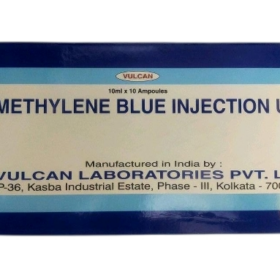 Methylene Blue Injection
Methylene Blue Injection









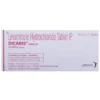
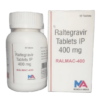
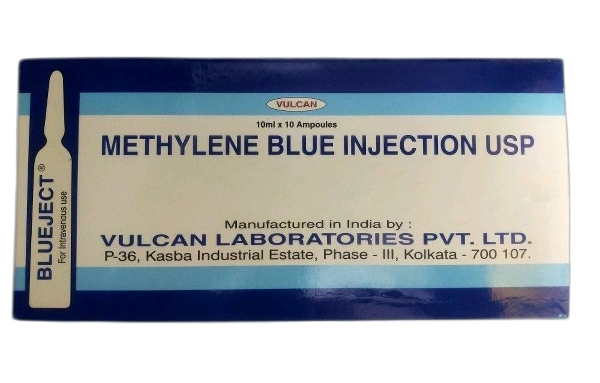
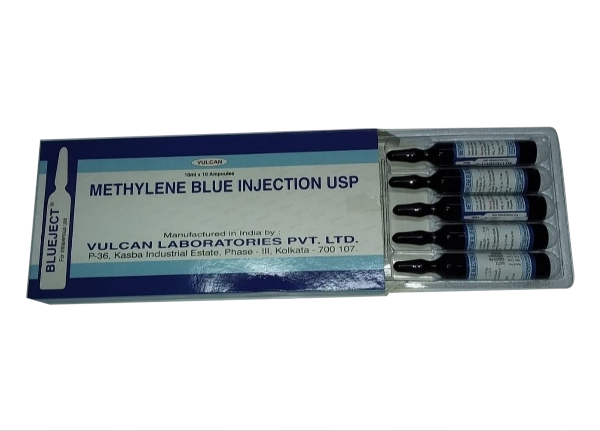
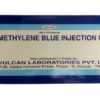
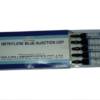
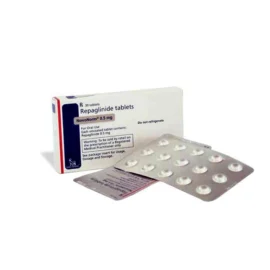
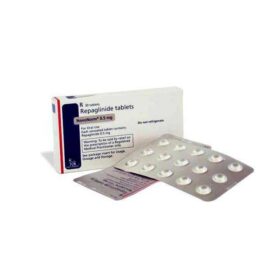
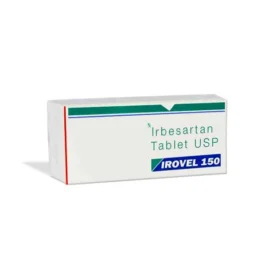
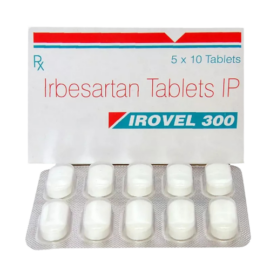
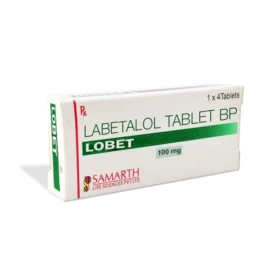
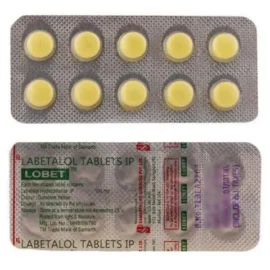
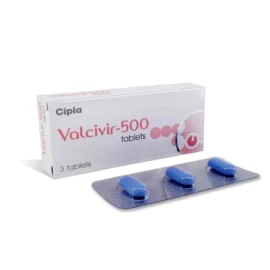
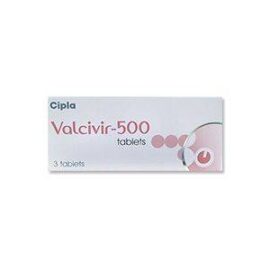
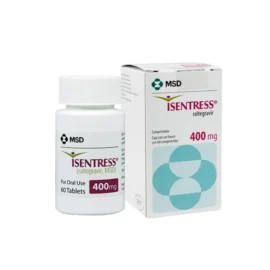
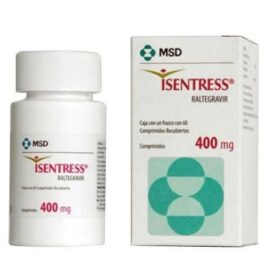
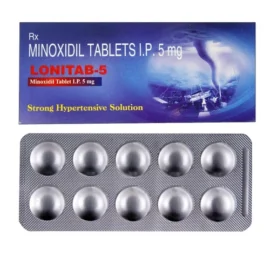
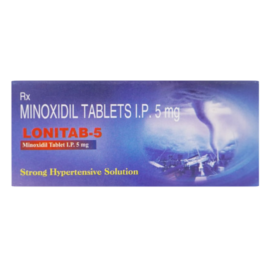
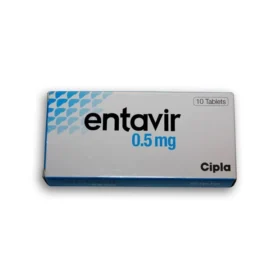
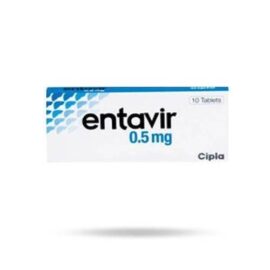
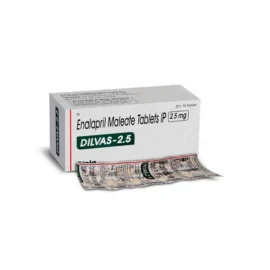
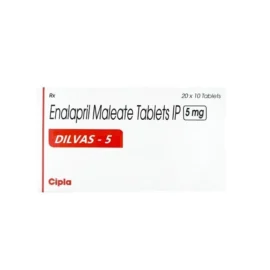


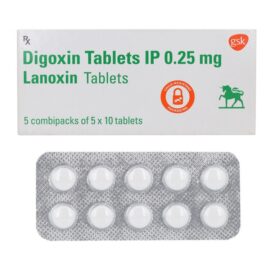
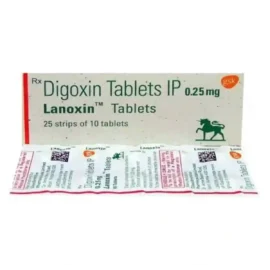
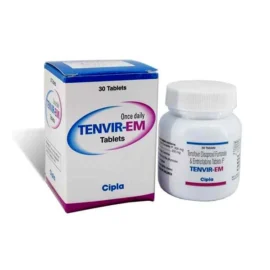
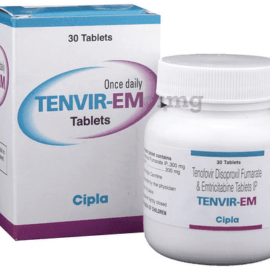
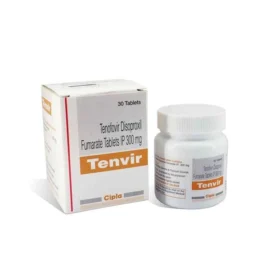

Reviews
There are no reviews yet